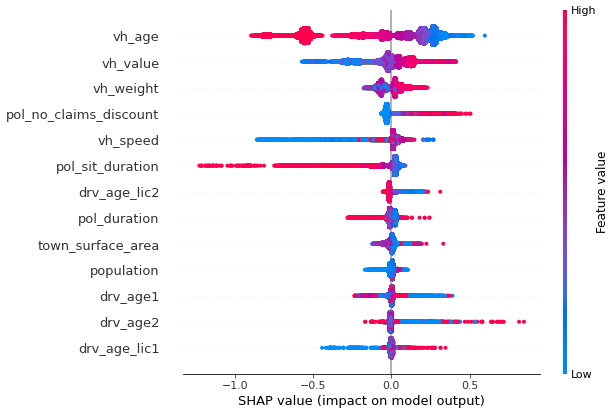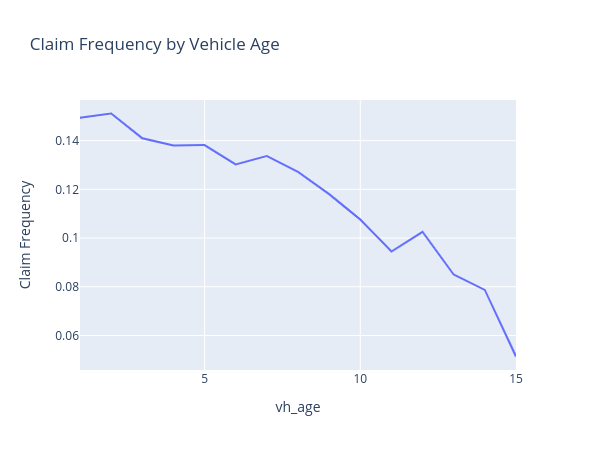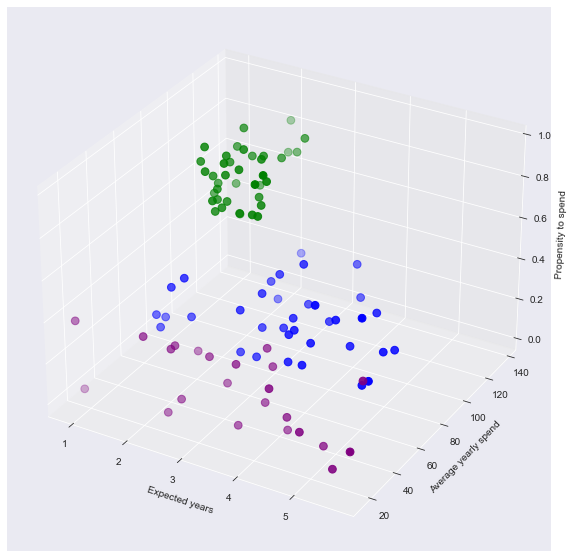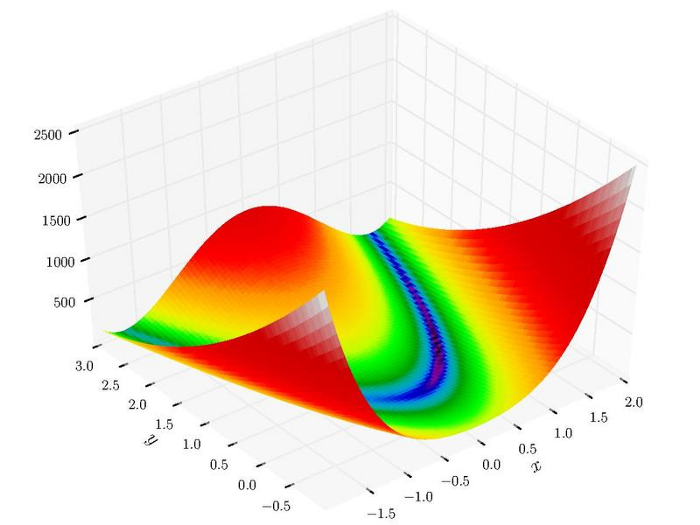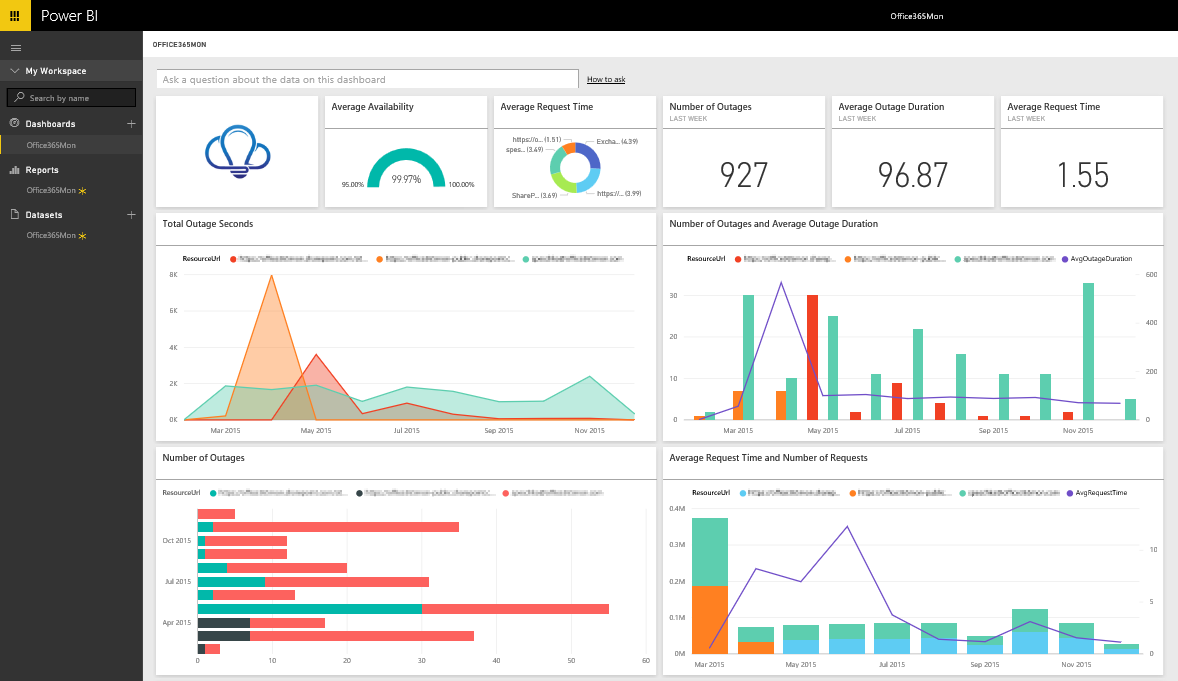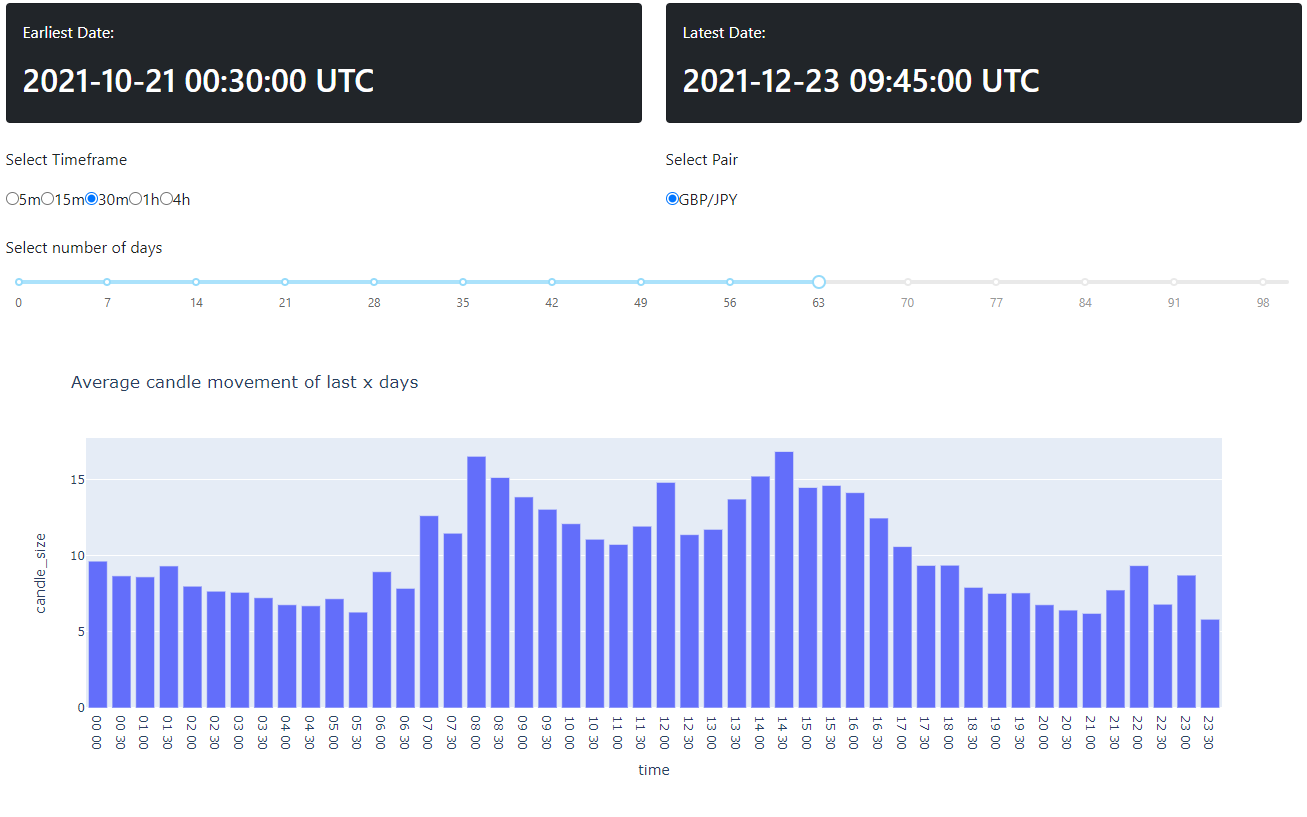Predictive Modelling
We have many years experience building market leading predictive models utilising tabular, time series and image data.
We have a strong understanding of a variety of methodologies including linear models, tree based models and deep learning. The problem, data available and client needs determine the appropriate techniques.
By taking a scientific approach we minimise the chance of overfitting to historic data and maximise the accuracy of the models on unseen data.
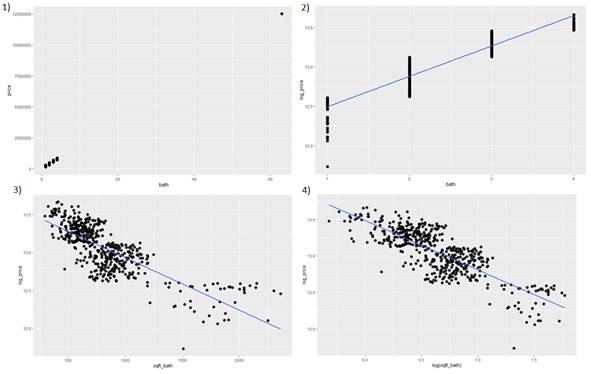
We explore your data thoroughly, ensuring the data is correct and clean. If required we will also transform the data to produce better model results.
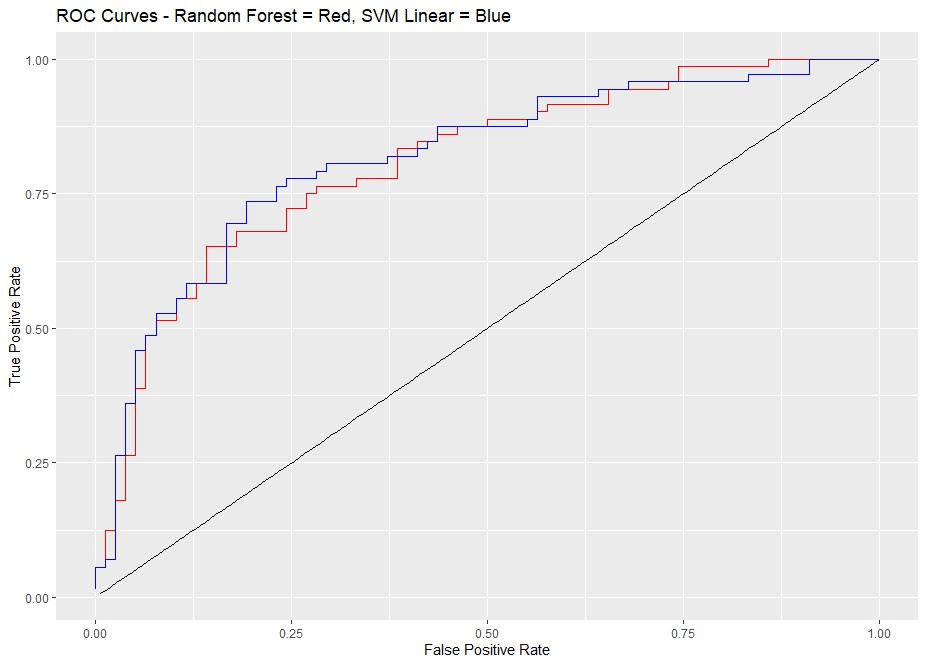
A portion of the data is set aside and used to assess the chosen model in order to better understand the expected performance
